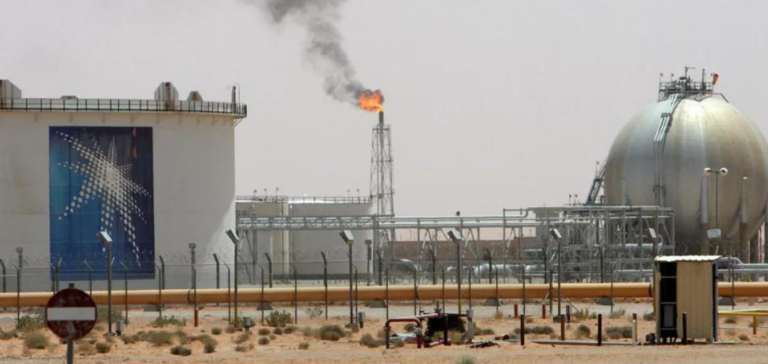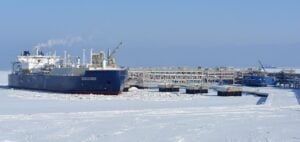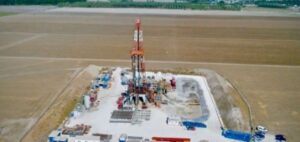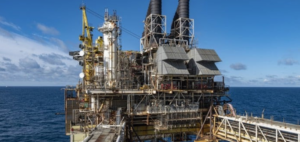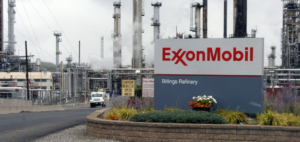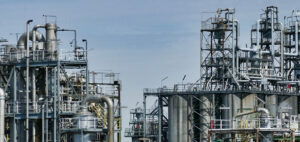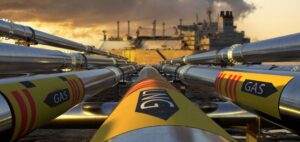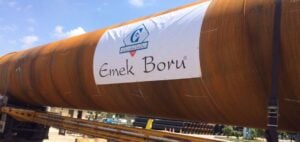Saudi Aramco has taken a significant step forward in the energy sector with the launch of unconventional gas production in the South Ghawar formation. Accomplished two months ahead of schedule, this marks the company’s second achievement in tight gas, following its first success in the North Arabia field in 2018.
Aramco’s Gas Expansion Strategy
This breakthrough is part of Aramco’s strategy to increase gas production by more than 50% over 2021 levels by 2030, subject to domestic demand. The facilities commissioned at South Ghawar have a processing capacity of 300 million cubic feet per day (MMcf/d) of raw gas and 38,000 barrels per day of condensate processing capacity. In addition, the company plans to more than double this processing capacity at South Ghawar, to 700MMcf/d, to meet the country’s growing gas demand.
Contribution to the Chemical Sector and Emissions Reduction
Nasir al-Naimi, President of Upstream at Aramco, emphasizes the importance of this first tight gas flow from South Ghawar. He says this achievement is a crucial milestone in the company’s gas expansion strategy, helping to meet the kingdom’s energy needs with lower emissions and supporting growth in the chemical sector. The ability to launch production ahead of schedule and under budget testifies to the commitment and determination of Aramco’s teams to continuously improve their upstream operations.
Progress at the Ghawar oilfield
South Ghawar adjoins the Ghawar oil field, the world’s largest conventional oil resource. The South Ghawar tight gas production represents the second production of its kind for Aramco. In 2018, the company produced gas from the North Arabia field, supplying 240MMcf/d to customers in the Wa’ad Al-Shama region of northern Saudi Arabia, an area rich in mining and industrial activity.
Development of Unconventional Gas Fields
Aramco operates three major unconventional gas fields: South Ghawar, North Arabia and Jafurah. The Jafurah field, the largest liquid shale gas deposit in the Middle East, plays a central role in Aramco’s plans to replace 500,000 barrels per day of crude oil used in the country’s power generation. Jafurah gas will also serve as feedstock for Aramco’s hydrogen and ammonia projects.
Impact on electricity generation and oil exports
In addition to its energy benefits, this initiative reduces the amount of crude oil burned for power generation, especially during the hot summer months, enabling Saudi Arabia to export these volumes. Aramco continues to seek new gas discoveries and develop its unconventional plays with the aim of increasing non-associated gas production to replace crude oil as a fuel for power generation.
In 2022, Aramco produced 10,617 billion cubic feet per day of gas and ethane, up 4.7% on 2021. The company had 201.9 trillion cubic feet of gas reserves at the end of 2022, up from 194.5 trillion cubic feet in 2021. Aramco’s gas production feeds the Master Gas System, which had a conventional and unconventional processing capacity of 18.3 billion cubic feet per day by the end of 2022. The Haradh and Hawiya gas augmentation program is also under development to increase domestic capacity. The Haradh gas augmentation, currently in operation, has increased the plant’s raw gas processing capacity by 800 Mcf/d, including 750 Mcf/d of sales gas, Aramco reported on November 7.
Aramco’s South Ghawar initiative marks a significant step forward in unconventional gas production, in line with its strategy to diversify its energy sources. This development underlines Saudi Arabia’s commitment to reducing its dependence on crude oil for power generation, while exporting more of its oil resources.


